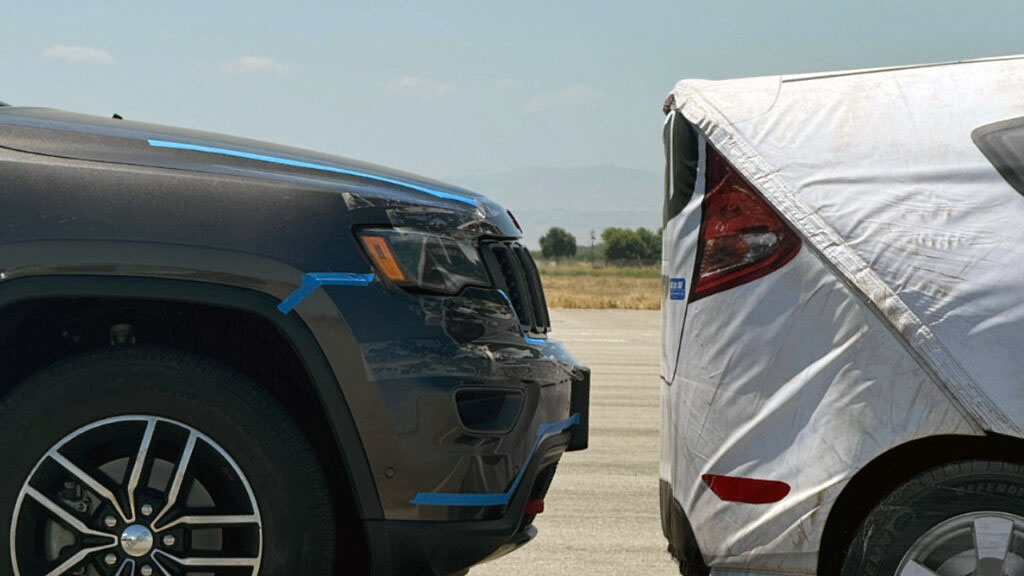Orlando, FL – According to the latest findings from AAA, freshly released 2024 model cars equipped with automatic emergency braking (AEB) successfully evaded all forward collisions during tests at speeds reaching 35 mph. In stark contrast, older models from 2017 to 2018 managed to avoid collisions only half of the time.
AEB technology operates using advanced front-facing cameras and various sensors that automatically engage the brakes when a potential crash is detected.
The majority of new automotive models come standard with AEB; however, earlier in the year, the National Highway Traffic Safety Administration (NHTSA) established a new Federal Motor Vehicle Safety Standard (FMVSS), mandating that AEB be included in all vehicles by the year 2029.
“Since our initial assessments of AEB in 2014, it’s impressive how much progress automakers have made toward enhancing driver safety,” stated Greg Brannon, director of automotive engineering research. “Nonetheless, there remains considerable work ahead to ensure these systems operate effectively at higher velocities.”
Overview
Over the past ten years, AAA has analyzed an array of advanced driver assistance technologies like AEB to verify their effectiveness. As manufacturers continue refining these systems with improved software and enhanced sensors, AAA aimed to assess whether functionality has seen significant improvements compared to older iterations.
Research Methodology
In collaboration with the Automotive Research Center at Southern California’s Automobile Club, AAA executed tests within a controlled environment designed to simulate real-world scenarios. The examination focused on comparing the performance evolution of AEB systems between older model vehicles from 2017-2018 versus their newer counterparts from 2024.
Both sets of test vehicles were identical in make and model and were examined across three prevalent speeds: 12 mph, 25 mph, and 35 mph. The goal was to evaluate their effectiveness during forward collision situations. For more comprehensive insights, refer to our detailed report.
Key Findings
The research revealed that newly manufactured vehicles (2024) demonstrated nearly double the likelihood of avoiding collisions compared to older models (2017-2018) when tested at speeds up till 35 mph—a result consistent with contemporary safety standards which require AEB functionality up through this speed range.
